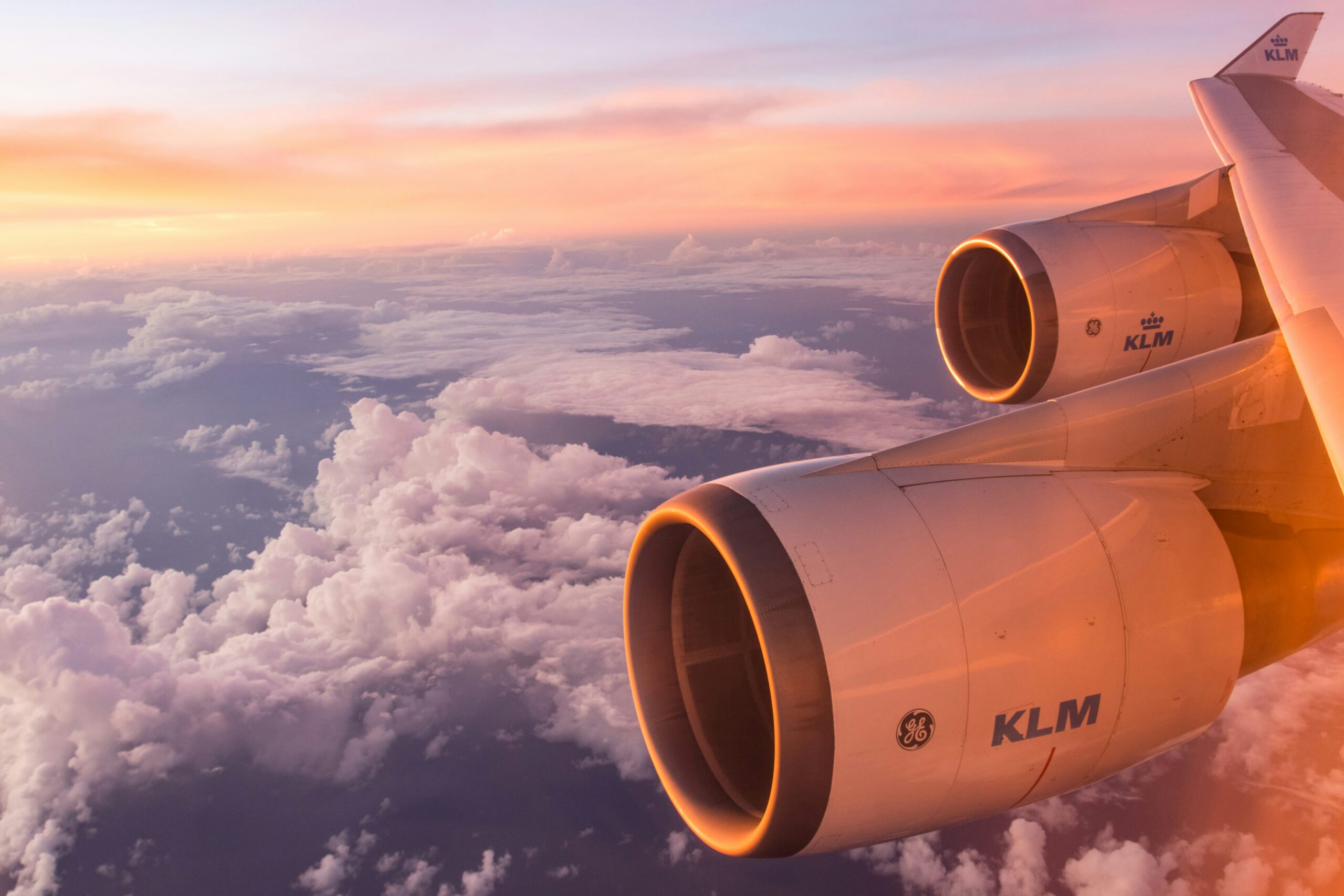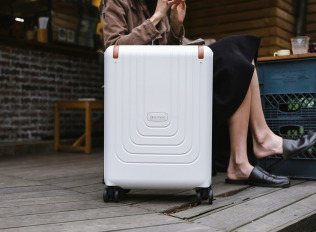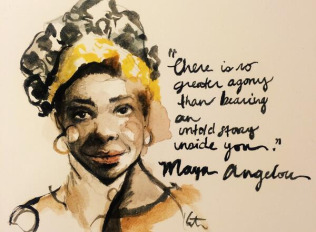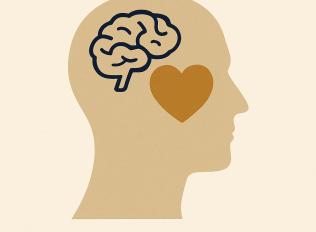The airport is a theater of emotions. For some, stepping into a terminal sparks excitement: the anticipation of far-off horizons, of new cities and landscapes. For others, the same act sets off a tightening chest, restless thoughts, and a single question looping endlessly—what if?
Flight anxiety, or aviophobia, is a remarkably common modern travel fear. Despite statistics showing that flying is safer than driving, millions of travelers approach the boarding gate with unease. You are not alone in this paradox. To understand it, we need to look not just at airplanes but at anxiety itself.
Understanding Anxiety
At its core, anxiety is both a mental and physical state triggered by negative expectations or imagined outcomes. Mentally, it loops through dread and worry; physically, it races through the body with pounding heartbeats, shallow breaths, restlessness, sweating, dizziness, and a sense of detachment that convinces the mind danger is imminent.
The physical experience of an anxiety attack can feel overwhelming, even life-threatening. In reality, it is the sympathetic nervous system—the body’s fight-or-flight response—taking control.
When Anxiety Takes Flight
Why do airplanes stir such unease? The reasons are as varied as travelers themselves:
Loss of Control: Unlike driving, passengers surrender agency to unseen pilots and technology.
Unfamiliar Sensations: The rumble of engines, sudden altitude changes, and turbulence can all trigger alarm signals in the nervous system.
Past Trauma: A turbulent flight once experienced can become imprinted, echoing into every future journey.
Media Amplification: Dramatic reporting of rare accidents magnifies fear, overshadowing aviation’s extraordinary safety record.
For some, flight anxiety is mild—nervousness before takeoff. For others, it becomes debilitating, shaping travel decisions, rerouting itineraries, or preventing journeys altogether.
Signs and Symptoms
The body speaks the language of anxiety clearly:
Sweaty palms, tight chest, or nausea
Accelerated heartbeat and shallow breathing
Difficulty concentrating, racing “what if” thoughts
Panic attacks triggered by turbulence or even the thought of boarding
Avoidance behaviors: choosing long train rides, declining trips, or missing milestones abroad
Cultural Layers of Fear
Flight anxiety isn't just psychological—it’s cultural. In societies where air travel is routine, fear may carry a stigma of irrationality. Yet in communities where flying is rare or associated with migration and displacement, the fear of flying may resonate with deeper themes of separation, loss, or vulnerability.
Storytelling also plays a role. Cinema has made air disasters a recurring trope, embedding imagery of peril in our collective imagination. The irony is striking: what should symbolize freedom and possibility often becomes a stage for fear.

Paths to Calmer Skies
While fear of flying is common, it is far from insurmountable. Anxiety attacks often stem from hypervigilance—a state of constant readiness for imagined threats. Simply thinking catastrophic thoughts can disrupt homeostasis, the body’s natural balance. The challenge is to retrain body and mind by guiding attention away from “what ifs” and into the present. A combination of knowledge, therapeutic tools, and personal strategies can help:
Knowledge as Reassurance
Understanding how airplanes are engineered, how turbulence works, and the rigorous training pilots undergo replaces uncertainty with trust. Many airlines now offer “fear of flying” courses led by pilots and psychologists.
Cognitive and Behavioral Tools
Cognitive Behavioral Therapy (CBT) helps reframe distorted thoughts (“the plane will crash” → “turbulence is uncomfortable but safe”). Exposure therapy gradually reduces sensitivity by simulating flight conditions before actual travel.
Breathing and Grounding
Breathwork techniques such as the 4-7-8 method or progressive muscle relaxation regulate the nervous system mid-flight. Grounding exercises—like naming objects in the cabin or feeling the texture of a seatbelt—anchor attention in the present.
Lifestyle Strategies
Avoiding caffeine and alcohol before flights, getting adequate sleep, and eating light meals all reduce physiological stress. Exercise before travel helps discharge nervous energy.
Sensory Anchors and Rituals
Travelers can bring comfort items—noise-canceling headphones with soothing playlists, aromatherapy oils, or meditation apps. Small rituals, such as reading a book during taxi or listening to the same track at takeoff, signal safety to the brain.
The Role of Connection
Sometimes the best antidote to fear is not solitude but connection. Talking openly about flight anxiety reduces stigma and often reveals how widespread it truly is. Cabin crews are trained to support nervous fliers, and many airlines encourage passengers to share their concerns. For some, even a brief exchange with a flight attendant can ease the silent weight of panic.
Reclaiming the Sky
Anxiety may color the skies with unease, but it doesn’t need to keep travelers grounded. Fear is part of the human condition—but so is courage. By understanding the roots of flight anxiety and equipping ourselves with knowledge, tools, and compassion, air travel can once again become what it was always meant to be: a bridge to discovery, connection, and the wider world. You can overcome this fear and reclaim the sky.
About the author
-

Clinical Psychologist and writer, Viviana brings expertise to well-being and mental health themes. Drawing from her experience in Ecuador and Spain, she integrates evidence-based approaches with a compassionate voice. At PassportTalk, she explores the intersection of psychology, well-being, and everyday life.

Subscribe
-
 Scidmore Sakura, Where Blossoms Bridge Worlds and Generations
Scidmore Sakura, Where Blossoms Bridge Worlds and Generations -
 Editor's Note, Leave It Better Than You Found It
Editor's Note, Leave It Better Than You Found It -
 Dubai's Neighborhoods: Downtown, Between Memory and Modernity
Dubai's Neighborhoods: Downtown, Between Memory and Modernity -
 Yuji Yamazaki, When Architecture Speaks
Yuji Yamazaki, When Architecture Speaks -
 Naladhu Private Island: A Legacy of Serenity and Stewardship
Naladhu Private Island: A Legacy of Serenity and Stewardship















Leave a Reply